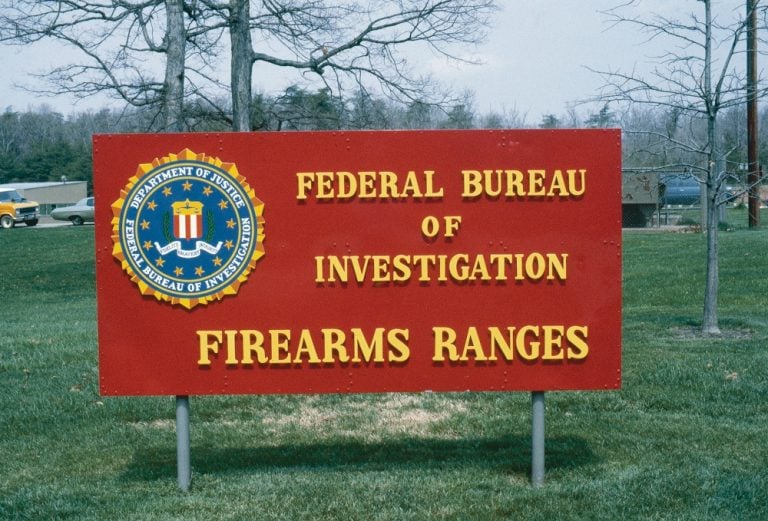

We take a historical walk through the FBI's duty guns and preferred calibers over the years. Want to know what the Feds carry? Come see!
Published March 12, 2021Link copied to clipboard!
We review products independently. When you buy through links on our site, we may earn a commission to help support our testing. Learn more.
JUMP TO SECTION Jump To:
The Federal Bureau of Investigation was first formed in 1908, though it would be called simply the Bureau of Investigation, or BOI, until 1935.
Since its formation, the Bureau has used a wide array of firearms for a variety of purposes.
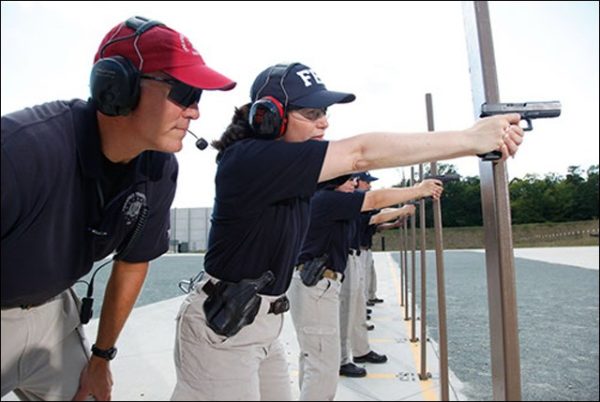
Talking about all of them could fill several books, so today we’re going to focus on one particular category that most people find particularly interesting…duty guns.
Of course, the FBI doesn’t issue announcements of every firearm acquisition or change that they do, so figuring out which arms were used at any particular time can be tricky.
In addition, the FBI has made a lot of changes in weaponry over the years.
That means that much of the info presented here is based on documents from the FBI records vault or similar sources and may, therefore, be out of date or incomplete.
The FBI obviously keeps certain things secret and I’m not going to pretend like this is some sort of tell-all reveal about the firearms and calibers that the FBI currently uses or has used in the past.
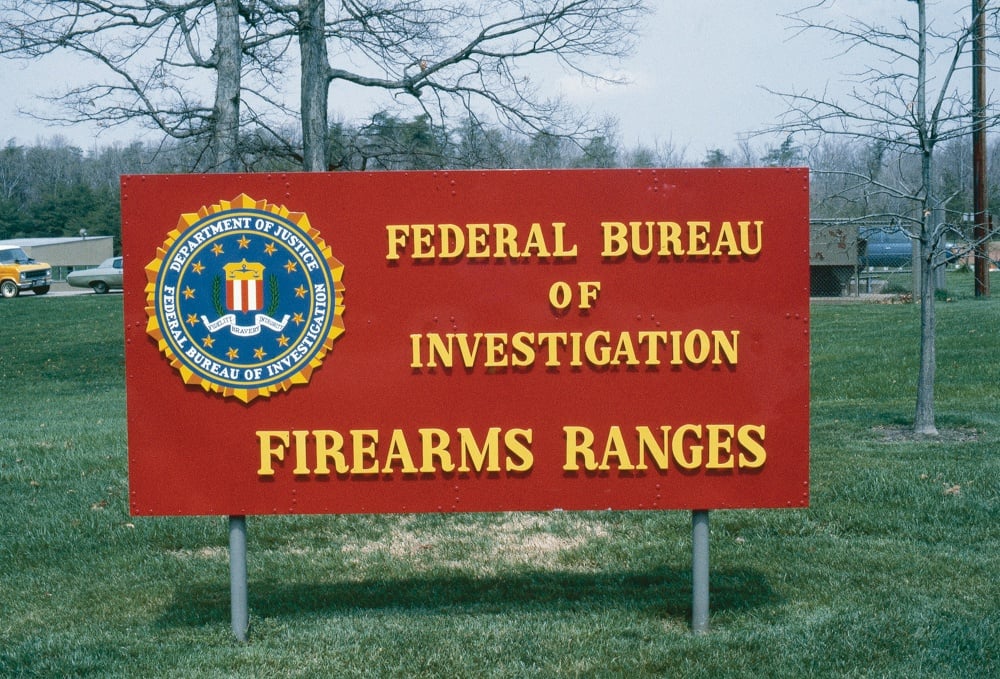
Still, we’ll hit on some of the most significant changes in duty guns and calibers used by the FBI, talk about what events and problems led to those changes, and discuss how that panned out for the Bureau.
So, let’s start at the beginning!
Table of Contents
Trending: Ammo In-Stock, Best AR-15s, Best Concealed Carry GunsThere’s a myth that during the first almost three decades of the Bureau of Investigation’s existence, agents weren’t armed.
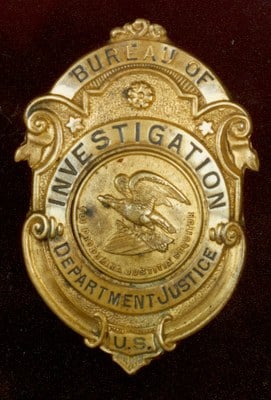
The truth is there’s evidence that firearms were commonly available in field offices for agents to use in the 1920s or even earlier, though only in limited amounts. An excerpt from a Bureau manual dated 1929 lays out some rules regarding firearms.
Section 11, Firearms: Employees are instructed:
a – That they are legally entitled to carry firearms for defensive purposes.
b – That, however, as a matter of policy, they are not to carry the same unless such action is authorized by their Special Agent In Charge.
c – That they are never to use such firearms except for strictly defensive purposes.
d – That a supply of firearms is kept in each field office to be issued, when necessary, to the employees by the Special Agent In Charge.
However, field offices chose their own weapons to stock and purchased them as needed. In addition, different field offices had their own policies on when agents were authorized to carry firearms.
This obviously led to a lot of variation from field office to field office. Agents were also subject to local laws related to carrying firearms, such as requirements for licensing.
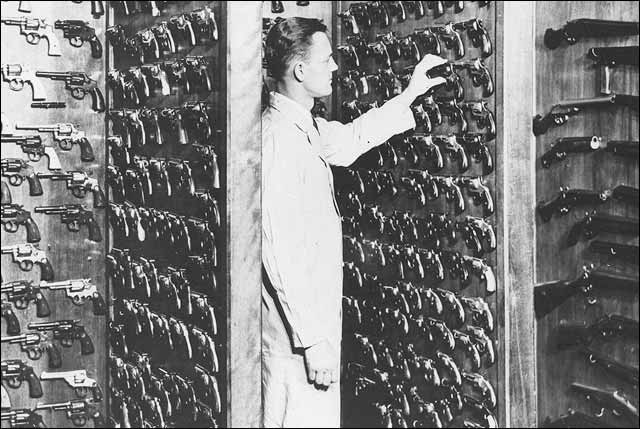
No formal shooting qualifications existed either. Agents also purchased their own ammunition to use for training Practice sessions usually involved shooting paper targets or at empty beer kegs rolled downhill.
Though guns varies, we do know a few weapons that were issued during this period.
Some agents used the Smith & Wesson Model 1913, a .35 caliber semi-automatic pistol, Worth noting, this model was the first semi-auto pistol introduced by Smith & Wesson.
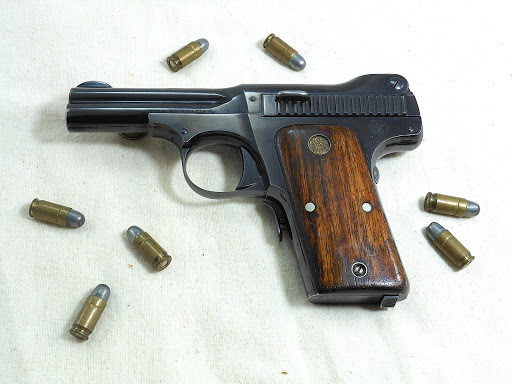
In addition, the Colt 1911, or Colt Government, also served alongside agents. No surprise considering the popularity of the .45 ACP 1911 then (or even now, really).
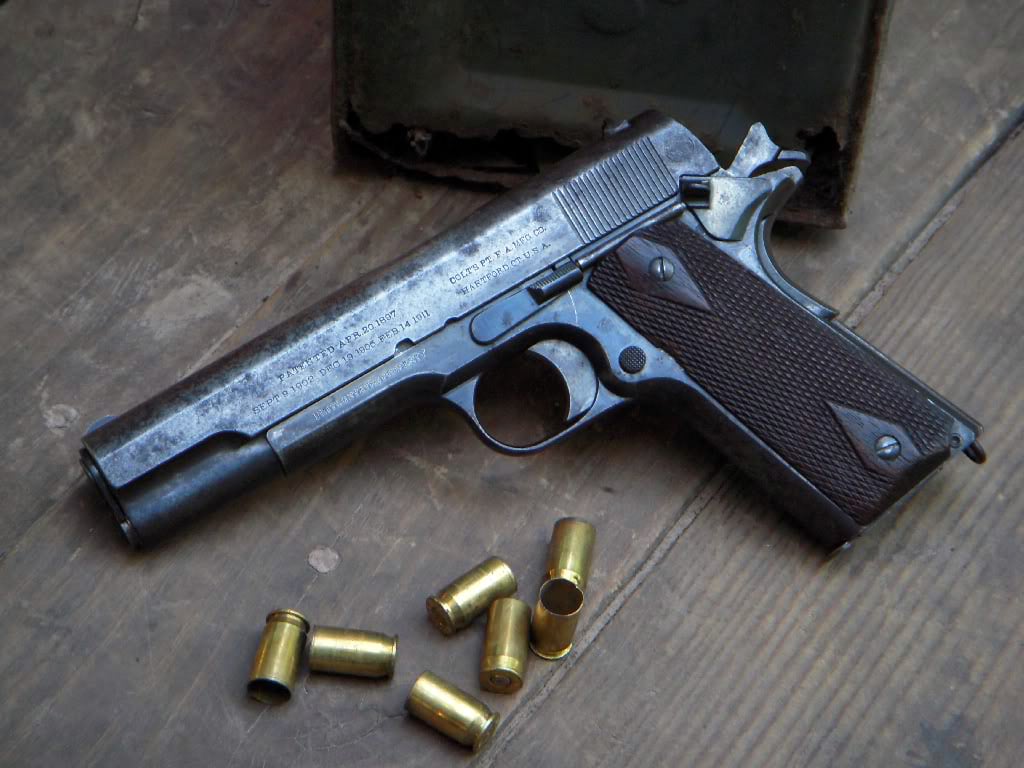
We also know that the BOI issued the Smith & Wesson Military & Police in .38 Spl. This revolver is actually still in production to this day as the Smith & Wesson Model 10.
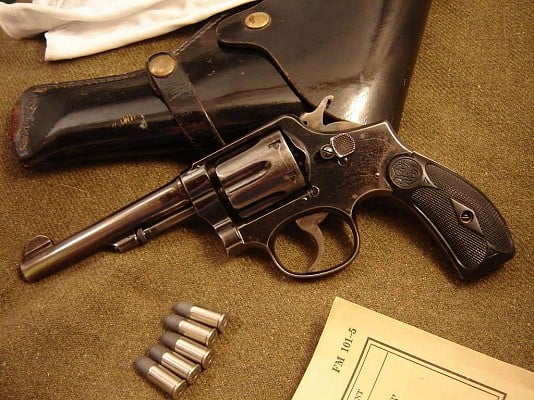
Reform in weapons policy really hit starting in 1934, primarily due to the Kansas City Massacre.
The Kansas City Massacre occurred on June 17, 1933, when a group of gang members attacked a group of law enforcement officers at a train station in Kansas City, Missouri.
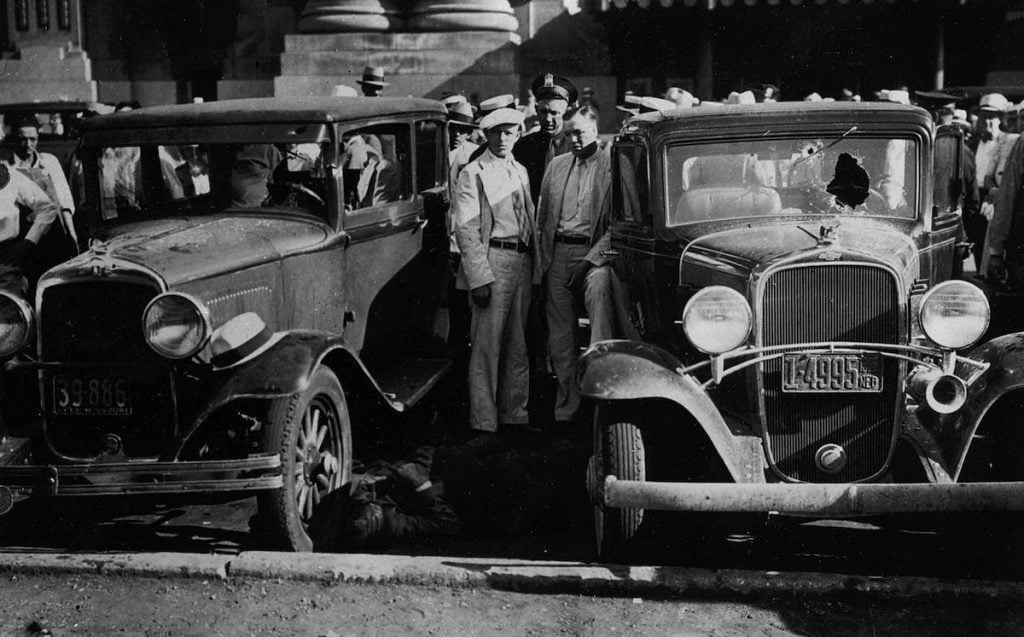
These law enforcement officers were transporting bank robber Frank Nash. Agents were returning Nash to the federal prison in Leavenworth, Kansas after his escape.
The group included BOI agents, local Kansas City police, and an Oklahoma police chief, Otto Reed, who aided in Nash’s recapture.
During the attack, a shootout occurred in which four officers died, including Chief Reed, two Kansas City Police officers, and one of the federal officers. Surviving officers said the shootout only lasted about 30 seconds.
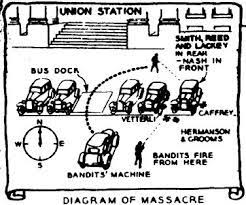
This tragedy understandably worried Bureau leadership, including Director J. Edgar Hoover. It prompted questions about the ability of agents to protect themselves and eventually led to reform in the Bureau.
Legislation passed in 1934 expanding Bureau agents’ ability to carry firearms. It exempted them from barriers put in place by states for regular citizens, like licensing requirements. It also allowed agents to make arrests.
Previous laws limited agents to making only citizens’ arrests. So agents would have to wait for local law enforcement or a U.S. Marshall to arrive on the scene to make a formal arrest.
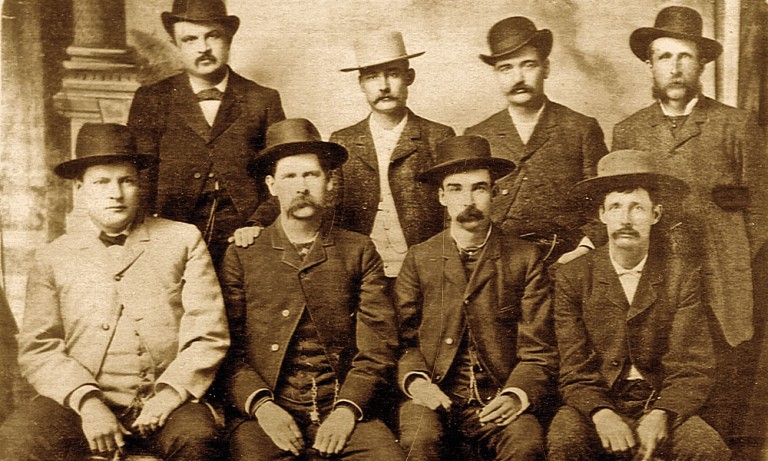
But even before the new legislation passed, the BOI had already begun to make new weapons purchases in 1933 under Hoover’s direction. They’d continue to do so in the few years that followed.
Included in the purchases was an array of handguns, especially revolvers.
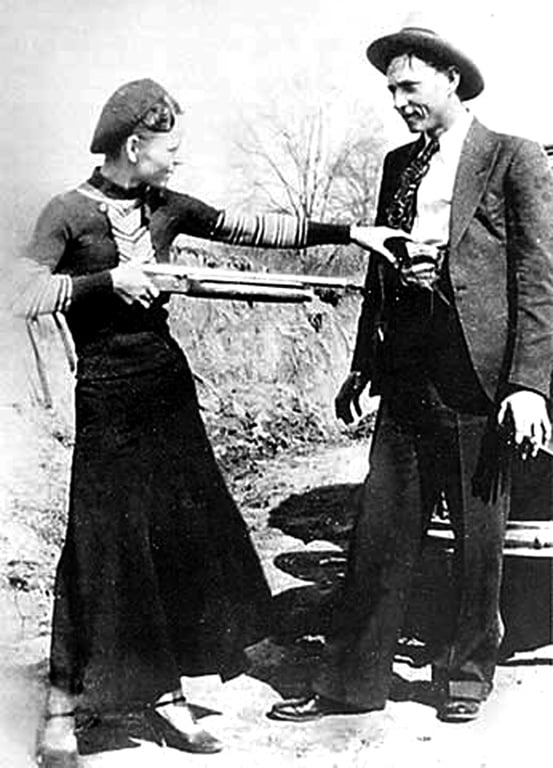
One of the best documented of these revolvers was the Colt Police Positive Special revolver.
This was a small-frame, 6-round cylinder revolver with a 4-inch barrel that shot .38 Spl.
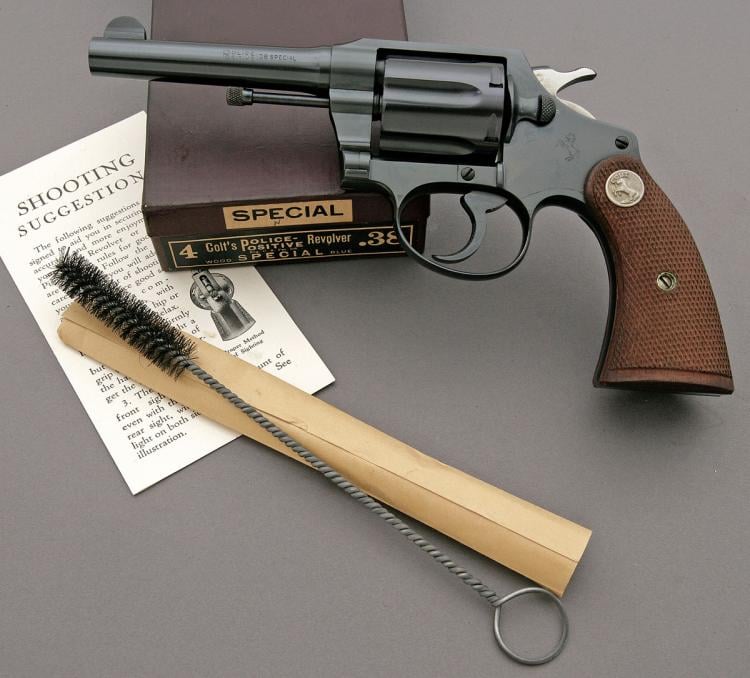
In 1935, the Bureau also purchased Smith & Wesson Registered Magnum revolvers. Still in production, these models go by the Model 27 now.
These N-frame revolvers shot .357 Magnum, which the Bureau chose for its ability to penetrate steel-plate vests and car bodies.
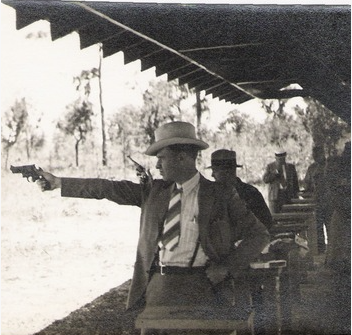
And speaking of personally owned firearms…
Agents who opted to use personal revolvers typically did so because they wanted to carry something with a shorter barrel and smaller frame than their issued firearm.
Though they continued to use the .45 ACP 1911s, the Bureau also purchased additional 1911s field use as well as the Colt Government chambered in .38 Super.
Like .357, .38 Super was favored because of its steel penetration.
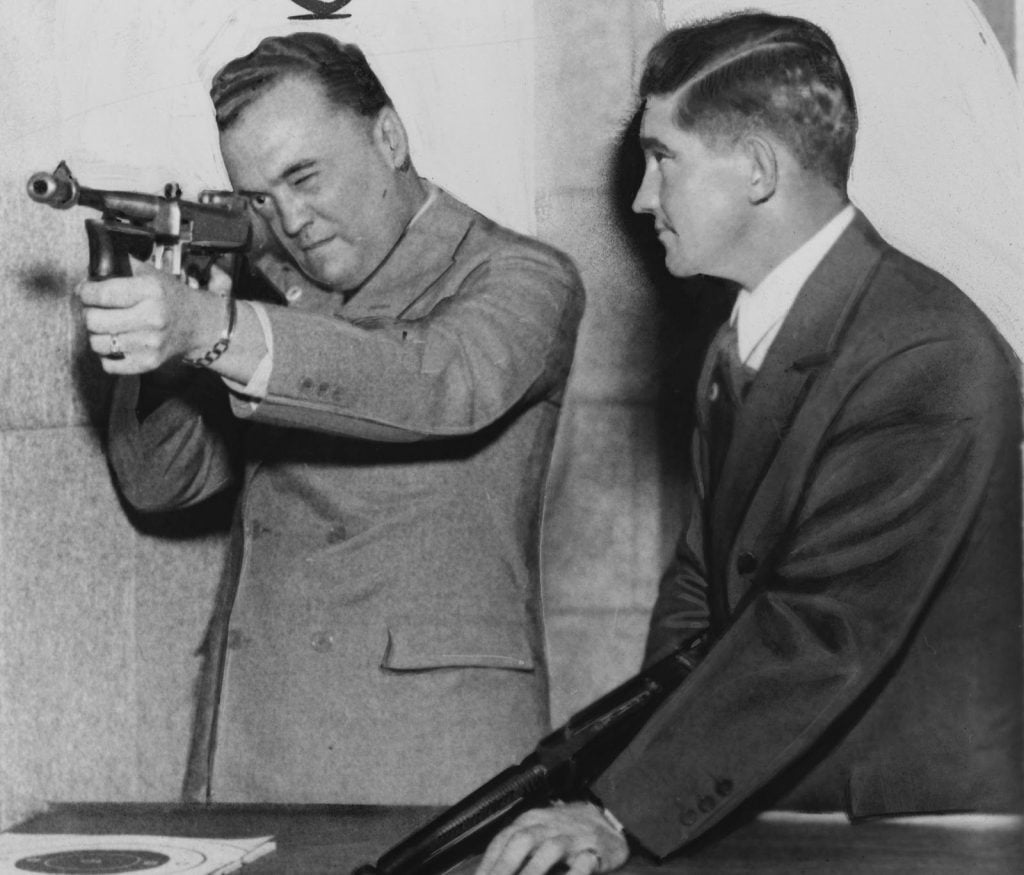
Despite 1911s at their disposal, revolvers were still by far the preferred sidearm — a trend that would reverse with time.
The changes that occurred due to the Kansas City Massacre was the single largest change in weaponry in BOI and FBI history — all the other changes we talk about from here on out will be much smaller.
With all of these weapon changes, there’s one other policy change that we should talk about.
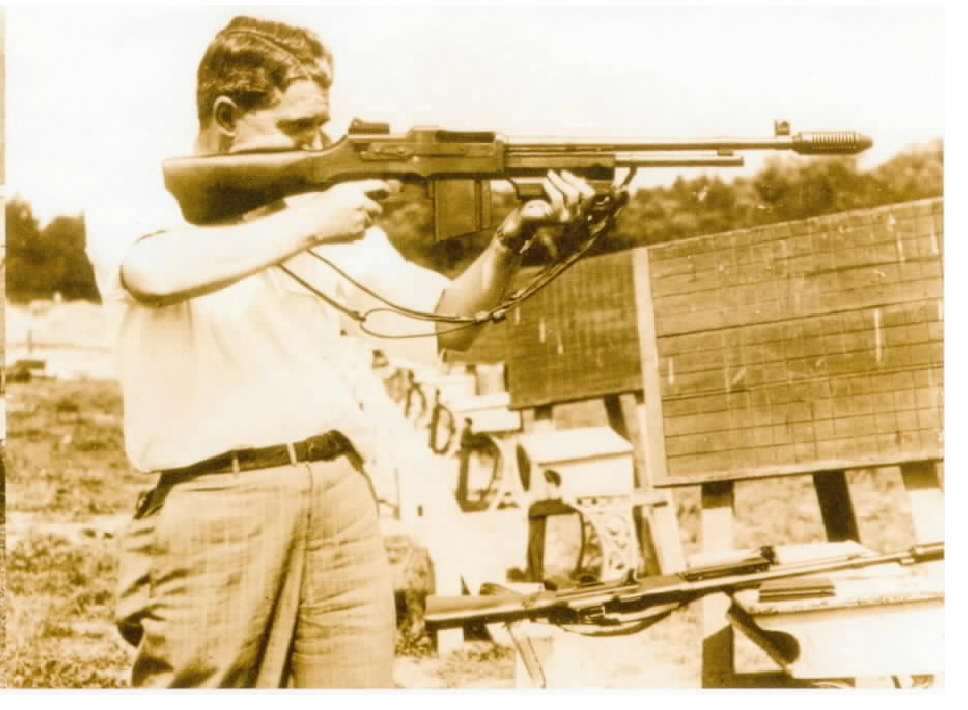
To make sure all agents were actually able to competently use all these shiny new guns, the BOI introduced shooting qualification requirements as well.
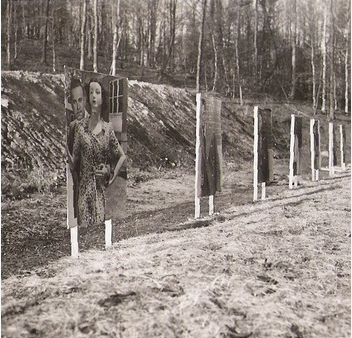
Agents must qualify with whichever gun they carried as their duty gun, whether personally owned or provided by the Bureau.
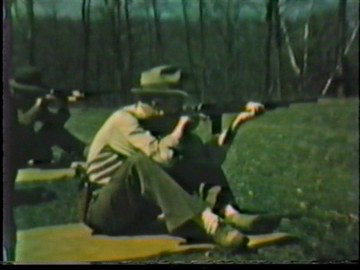
Early on, this training happened at different military bases in the D.C. area. But, this ended up being too difficult for the military to accommodate.
As an alternative, the BOI and Marine Corps arranged to allow the Bureau to use the Quantico, Virginia base for training.
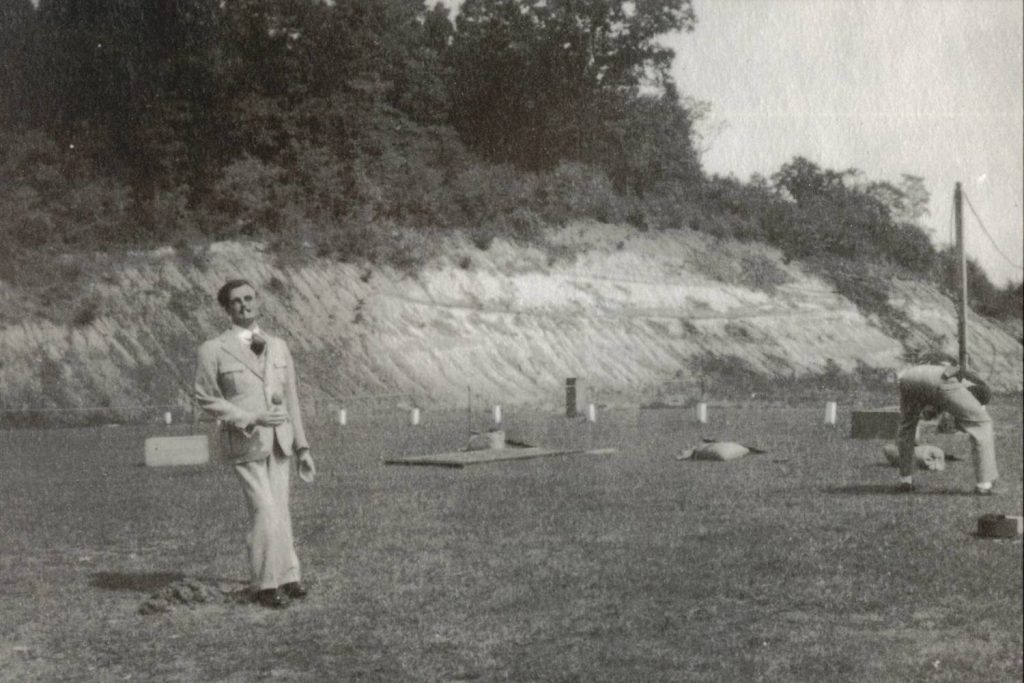
Quantico is still used by the FBI for this purpose today.
The FBI duty gun would see another big change in the 1970s.
Agents at this time struggled with the large revolvers they’d been using. The wheelguns were less than practical for agents to carry, especially discreetly.
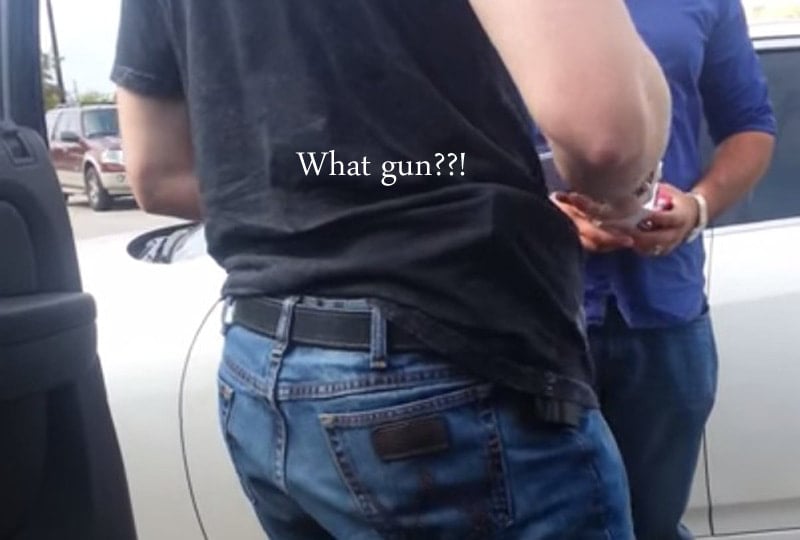
At the same time, shorter barrel alternatives didn’t provide the accuracy the Bureau needed. So, the Bureau attempted to strike a balance.
The first attempt was a false start with the Smith and Wesson Model 10-6, a .38 Spl. variant of the S&W Model 10 with a 2.5-inch barrel.
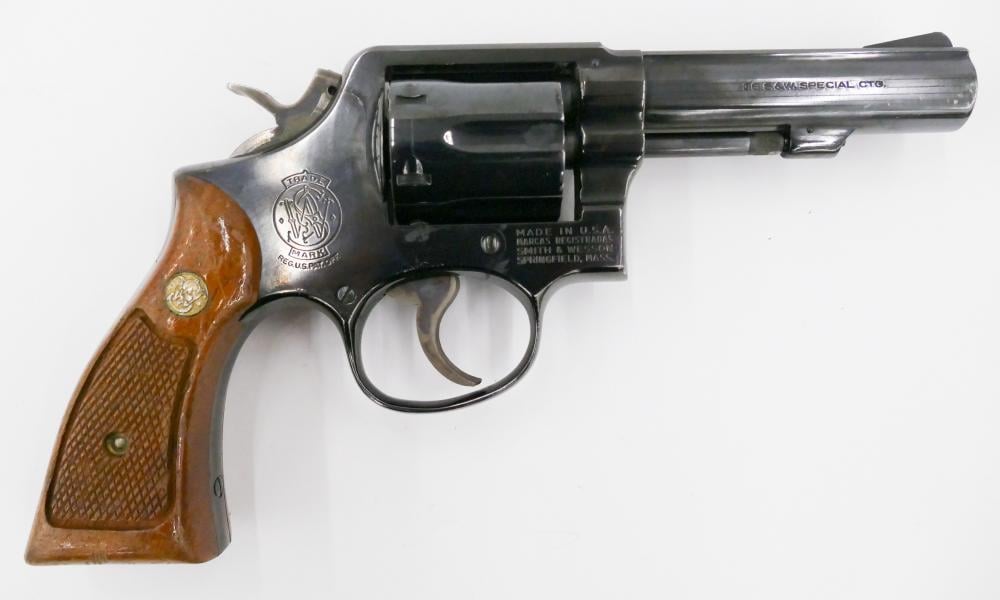
Unfortunately, the FBI was unhappy with the short sight radius. Not to mention, the ejector rod wasn’t long enough to reliably eject cases. That’s not ideal for reloading in the middle of a gunfight, obviously.
Fortunately, Smith & Wesson learned from their mistake and created the Model 13. This revolver offered a K-frame double-action design, chambered in .357 magnum, with a round butt and a 3-inch barrel.
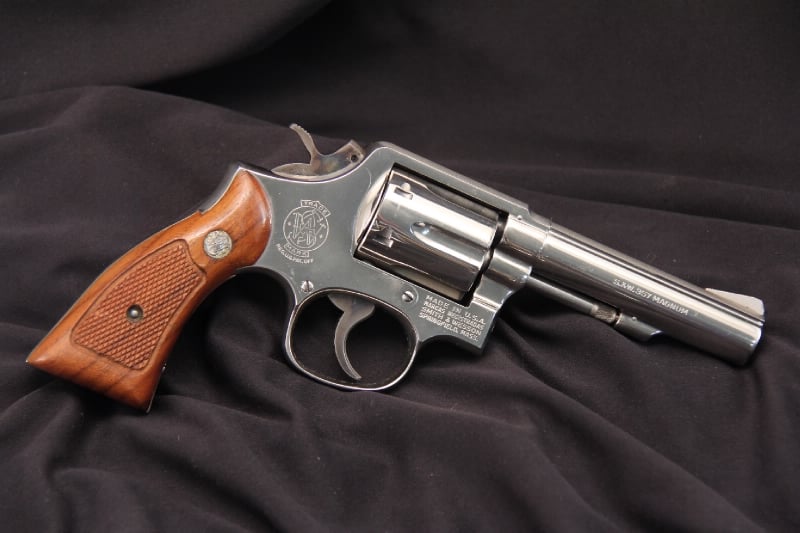
Since .38 Spl. can safely fire from a .357 revolver, most agents continued to use the standard .38 Spl. service load, 158-grain lead hollow point +P.
However, they also had the option of using the Bureau’s standard .357 Magnum round — Winchester 145-grain Silvertip.
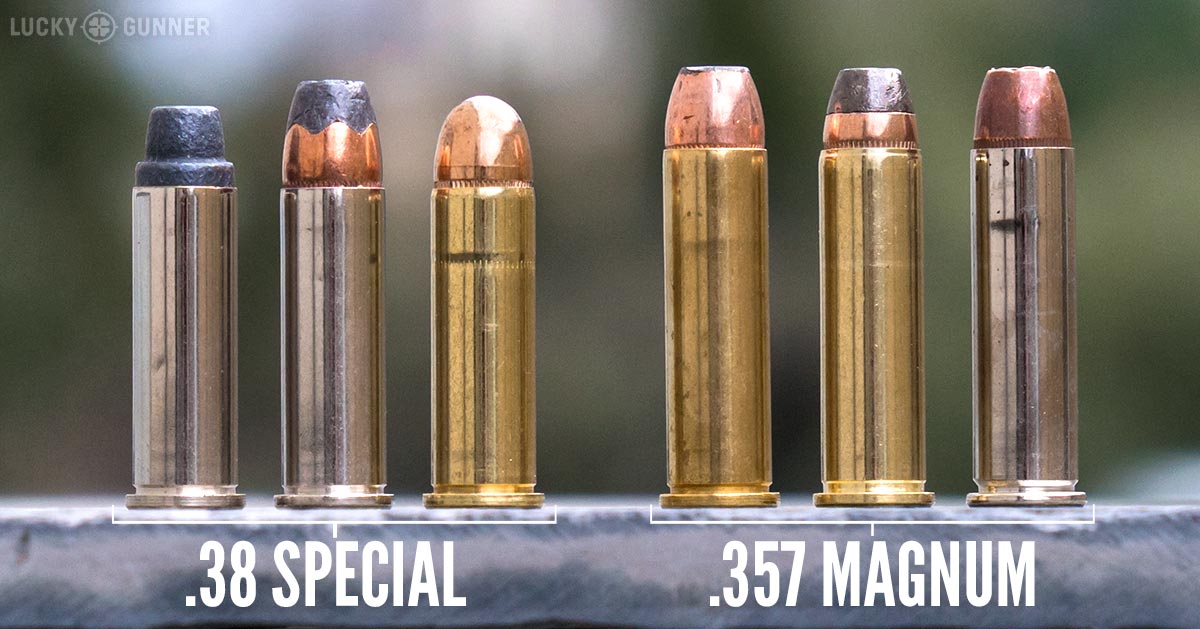
The Model 13 performed well and was well-loved by agents, but it would end up being the last revolver that the FBI issued before switching to semi-automatic pistols.
In the early 1980s, the FBI began really shifting towards semi-auto pistols beyond just the 1911. First up, the Smith & Wesson Model 459 — a double/single-action pistol in 9mm Luger.
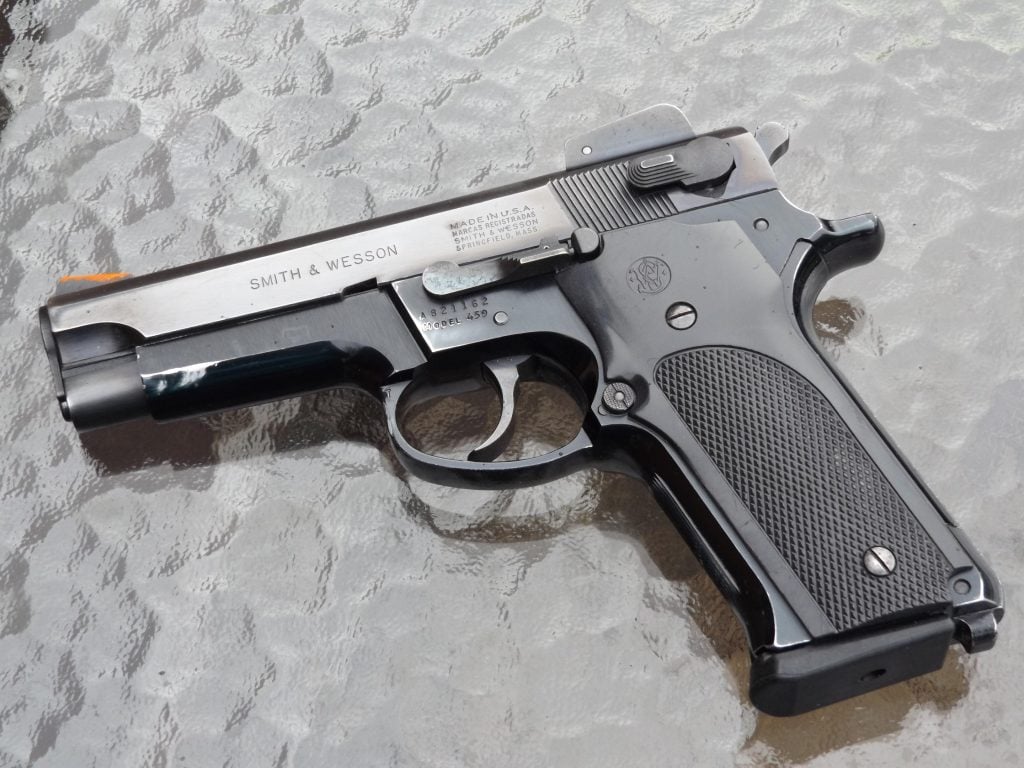
Originally intended for SWAT teams, these pistols were adopted by many other agents — especially younger agents. The 459 was known for being both highly accurate and highly reliable and was used in numerous shootouts.
One particular shootout, though, caused it to fall out of favor.
On April 11, 1986 eight FBI agents got into a shootout with two bank robbers.
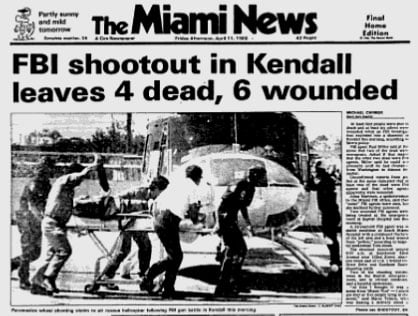
The shootout ultimately culminated in the death of two of the agents and the wounding of five others. Both agents who died carried Model 459s, while the wounded had a mix of .357 and .38 revolvers.
Though both robbers died, one suffered six gunshot wounds and the other 12.
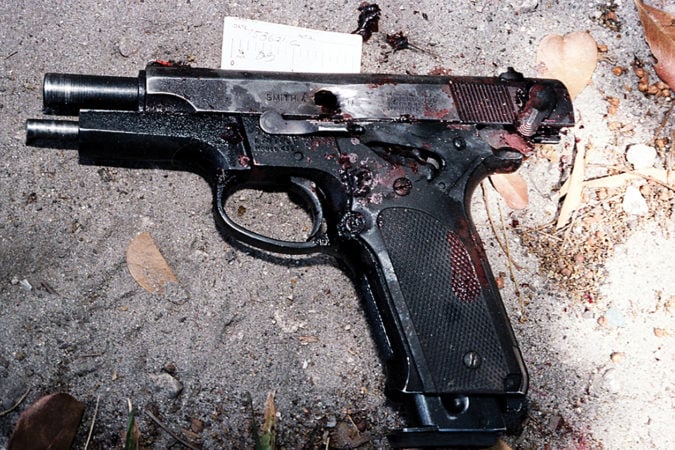
This understandably led to concern from the FBI forcing the Bureau to adopt higher ballistic criteria for their rounds. They soon began looking for more powerful alternatives.
Of course, decisions like this never involve everyone happy agreeing on the same solution.
Some wanted to switch over to .45 ACP, while others wanted to stick with 9mm but go with more powerful rounds.
To try to balance the strengths and weakness of .45 ACP and 9mm, the FBI opted for the 10mm — the only .40 caliber round available at the time.
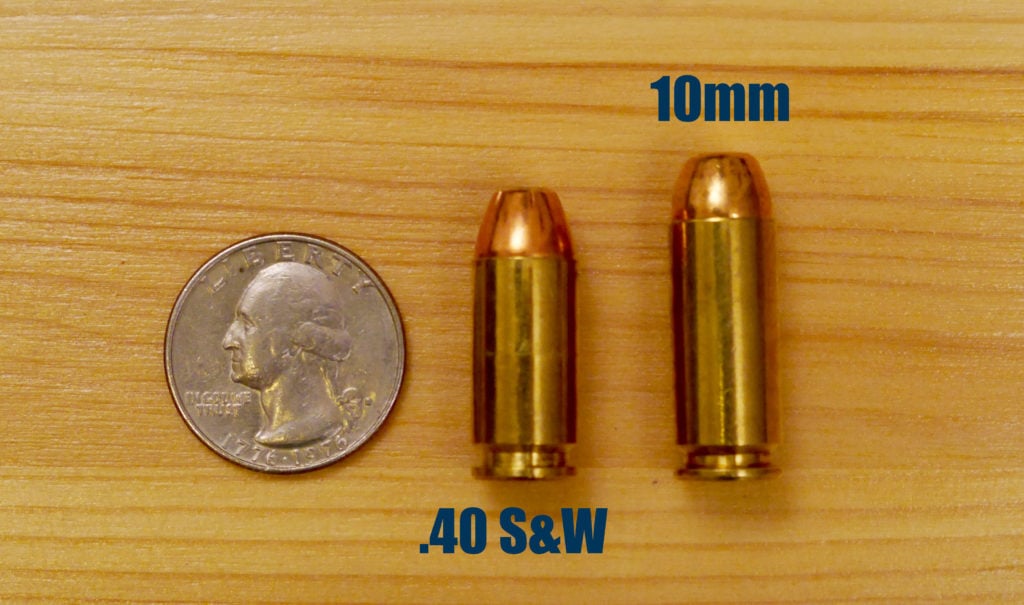
But, there were a couple of problems with this. First, the highly pressurized 10mm round was well beyond what the average agent was used to.
Second, There were only two large-frame 10mm pistol manufacturers at the time, Colt and Smith & Wesson.
To at least solve the first problem, the FBI adopted a downloaded 10mm paired with the Smith & Wesson Model 1076, a double/single-action pistol with a 4.25-inch barrel.
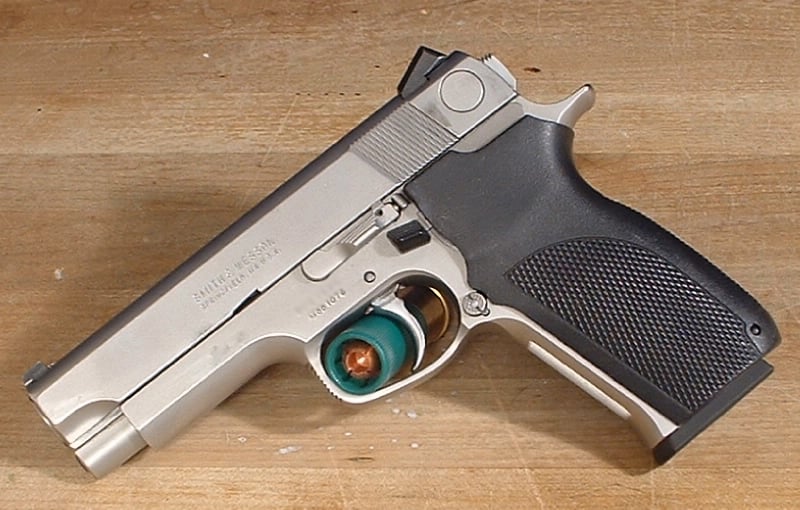
But the Model 1076 proved unreliable, not to mention too bulky for reasonable concealment. The long case used by 10mm presented an issue either way.
So, the FBI switched back to 9mm, pairing it with the Sig Sauer P226. The P226 was both compact and reliable, solving both of the problems with the Model 1076.
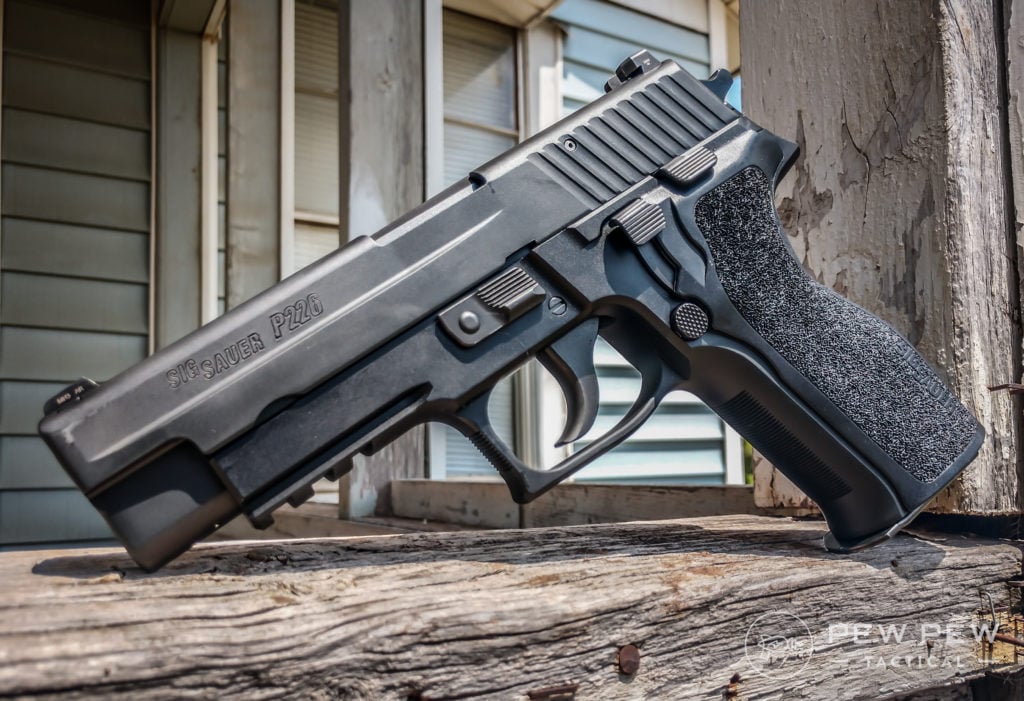
Shortly after, the FBI also adopted the P228 — an even more compact double-stack variant of the P226.
The P226 would end up in the hands of FBI SWAT, while the P228 became more popular for general field agents.
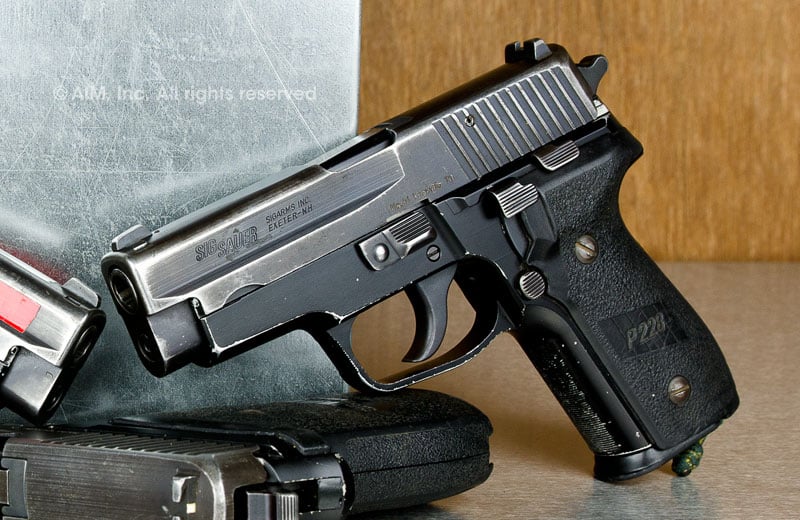
What the FBI didn’t know…Smith & Wesson and Winchester were working together to develop a round that would replicate the ballistics of 10mm but use a shorter case like the one on 9mm.
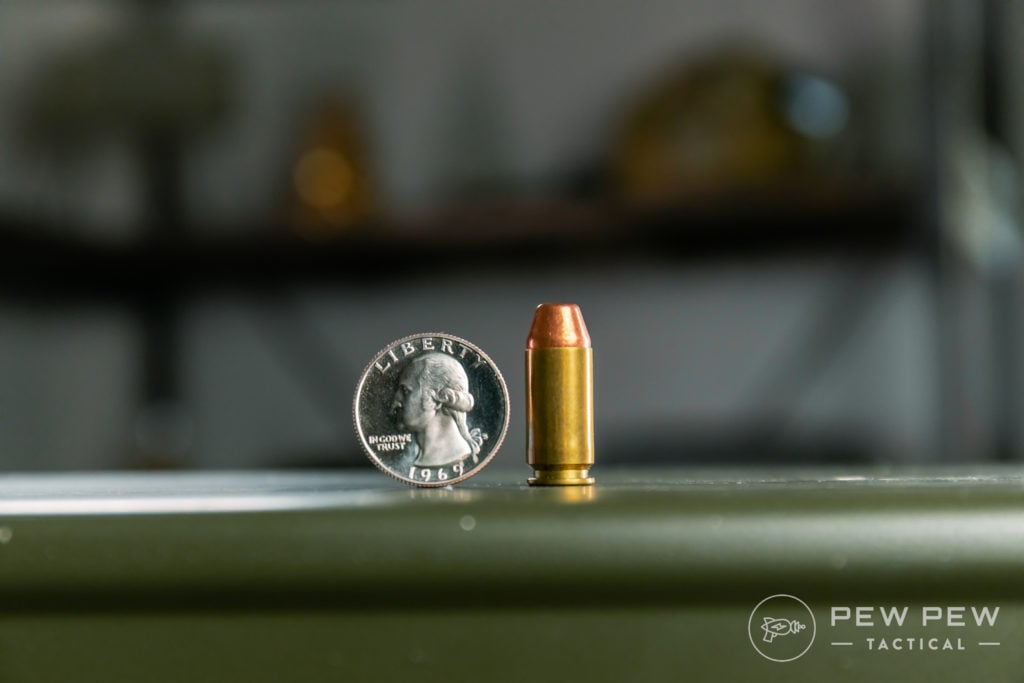
They achieved this with .40 S&W, introduced in January 1990. It premiered alongside the Smith & Wesson Model 4006, a semi-auto pistol chambered for the new round.
It took months before Smith & Wesson’s Model 4006 actually hit shelves. In the meantime, Glock beat them to the punch unveiling the full-size G22 and compact G23 in.40 S&W.
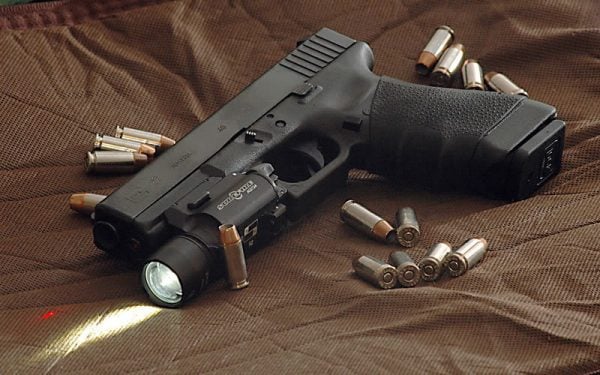
In 1997, the FBI adopted .40 S&W along with both the G22 and the G23.
The era of the Plastic Fantastics was going strong!
The .40 S&W and Glock pairing continued to serve the FBI for almost two decades.
But in 2014, the FBI made a surprisingly decision to switch back to 9mm Luger.
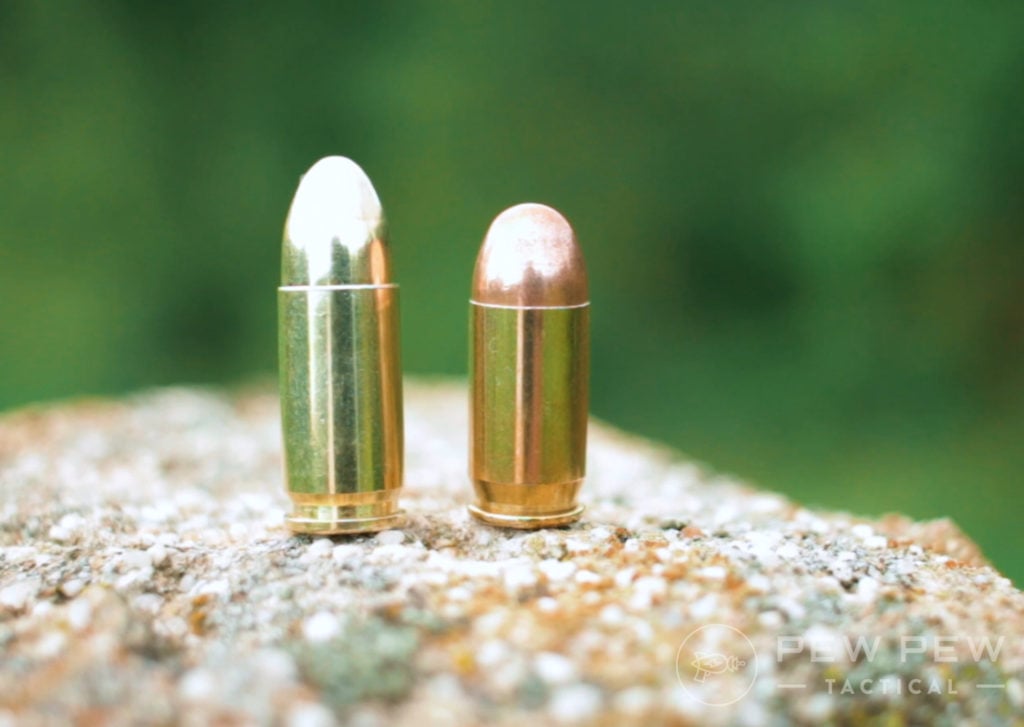
After all, 9mm had come a long way since the 1980s.
Based on ballistics trials, the FBI labeled 9mm sufficient for their purposes. It also outperformed .40 S&W and .45 ACP.
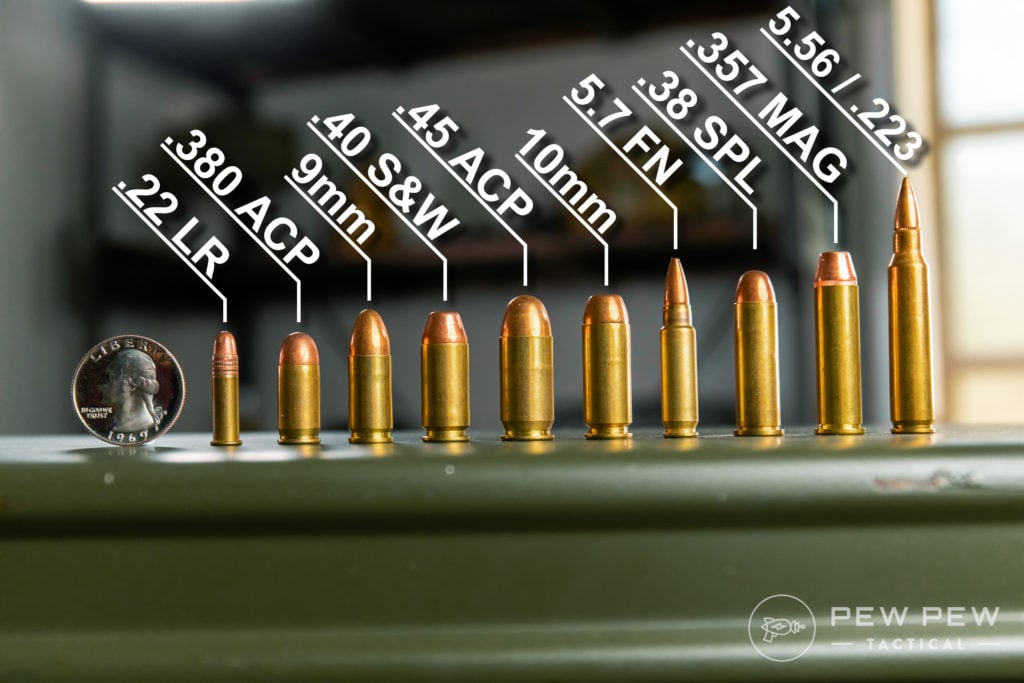
In 2015, the FBI put out a Request for Proposals (RFP) asking gun manufacturers to submit handguns to supply agents with duty guns.
In 2016, they awarded an $85 million contract to Glock for the G17M, a modified version of the Glock 17.
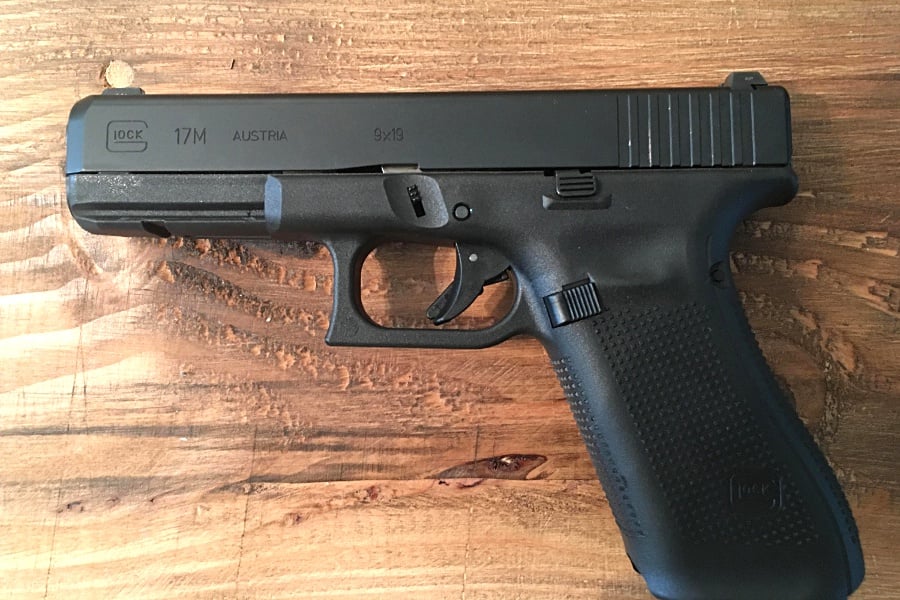
However, the FBI says “agents carry Bureau-issued or approved handguns,” so don’t think any given agent carries the G17M. While the Bureau hasn’t released a list of their issued or approved handguns, we do know that 9mm and the G17M hasn’t totally replaced .40 S&W and the older two Glocks.
But it’s also fun to wildly speculate about what else might be on that list.

We know that FBI SWAT uses the SIG Sauer P226 in 9mm and custom Springfield M1911A1s in .45 ACP, so one or both of these guns may be used by some general field agents as well.
Based on the use of the P226, they may also use P228s in 9mm.
The FBI hasn’t released a complete list of their currently issued or approved duty guns, that information has historically been kept away from the public…so who knows how many duty guns the FBI has used over time that weren’t included here?
In addition, duty guns are far from the only firearms used by the FBI — I could write several other posts about the other guns the FBI has used, such as sniper rifles and machine guns, not to mention those used by special teams like SWAT and Hostage Rescue.
And, of course, there are non-firearm weapons like those used for riot control.
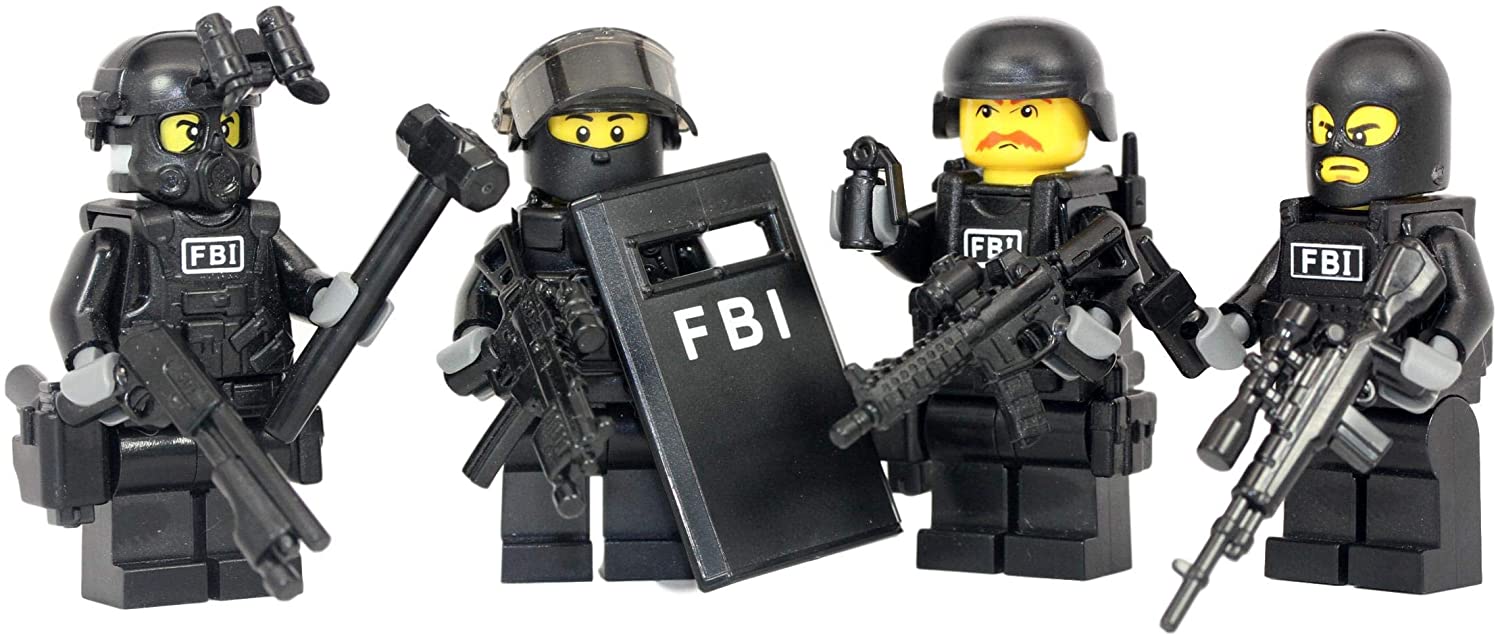
In other words, this shouldn’t be looked at as a complete list of FBI weaponry, firearms, or even just duty guns.
Still, I think it provides an interesting and informative look into the history of the FBI, giving us a peek into firearms technology duringdifferent eras, as well as the FBI’s decision-making process and priorities throughout their history.
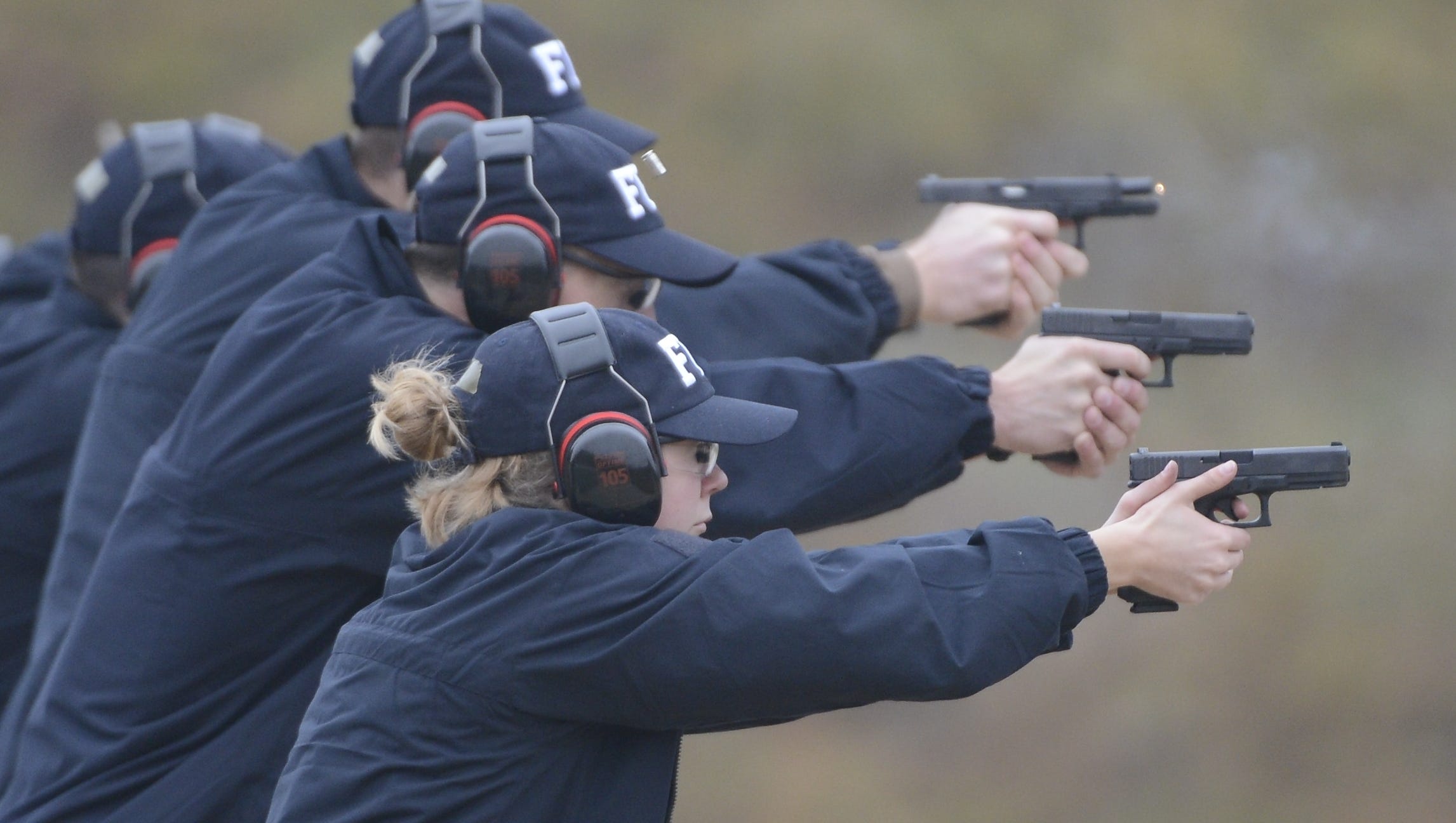
What did you think? Did the FBI make the right call moving to 9mm recently, or should they have stuck with something bigger? What’s your favorite FBI duty gun? Tell us all about it in the comments! Like history? Check out the Guns Used in Famous Assassinations!